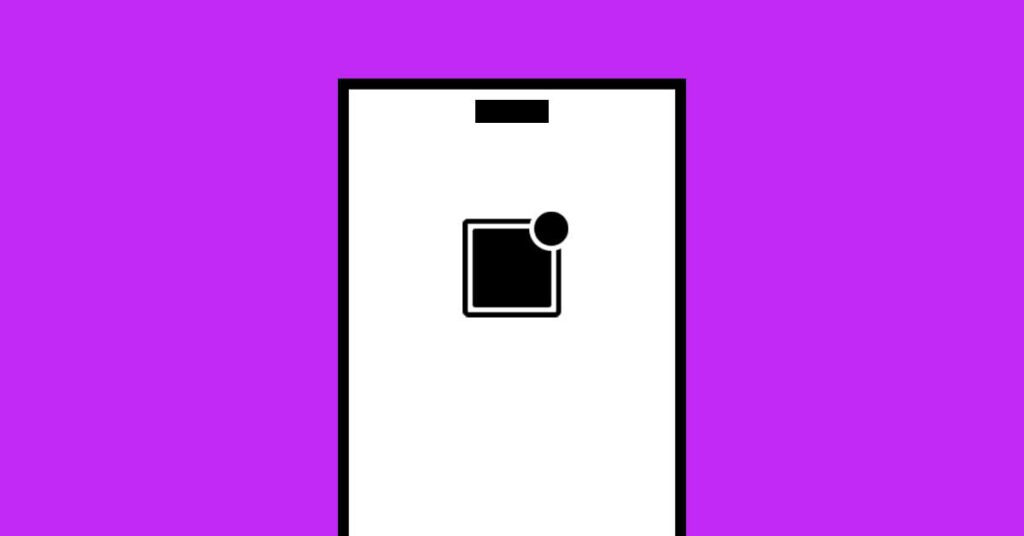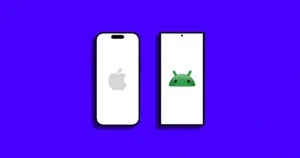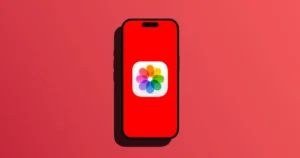You know that feeling when you’re finally in that zone — you’re writing, coding, editing, thinking — and then ping, someone liked your meme from two days ago?
The moment’s gone, the brain is scrambled, and now you’re trying to pick up where you left off, but now you’re thinking about memes, not work. You didn’t just lose 3 seconds, you just lost momentum.
In a world built on instant updates, we’re becoming permanently interrupted.
The Glitch We Accepted
Notifications used to be helpful reminders. Now they’re digital gnats — constant, unavoidable, and mostly irrelevant. Every app you install wants to grab your attention and some literally fight over it. And the worst part? We’ve normalized the chaos.
The Science of Distraction
According to a landmark study from the University of California, Irvine, it takes an average of 23 minutes and 15 seconds to refocus after an interruption. Yes, this includes even the smaller ones that may seem harmless.
It’s not just about lost time. Constant interruptions:
- Reduce productivity by up to 40% (APA)
- Increase stress and mental fatigue
- Lower creativity and decision-making ability
- Are linked to higher rates of burnout and anxiety
Your brain isn’t made for multitasking. When it’s forced to constantly shift between tasks, you pay a hidden tax — in energy, clarity, and mental bandwidth.
The 404 Fix
While we may not be able to eliminate all distractions, we can mute the non-human noise. Here’s how:
1. Turn Off Notifications for Non-Human Apps
Ever wondered how many notifications you receive are actually from people?
- Breaking news that’s barely breaking
- Flash sales for things you don’t need
- App updates you won’t install
- Promotions disguised as “alerts” (Am I the only one thinking Temu?)
Audit your notification settings. Ask yourself: “If this app couldn’t notify me ever again, would I even care?” If the answer is no, just toggle that switch off.
Pro tip: On Android, go to Settings > Notifications > Recently Sent and review what’s actually pinging you. iPhone or iPad users can review the notifications via the Notification Center.
2. Customize Focus Modes (And Actually Use Them)
Most people know about Do Not Disturb, but never explore its full power. Modern smartphones let you:
- Create custom modes (like “Work”, “Sleep”, or “Creative Time”)
- Choose which apps/people can break through
- Schedule these modes by time, location, or app activity
Set it and forget it.
Apple’s Focus Mode and Android’s Digital Wellbeing tools are your allies here, use them.
3. Batch-Check Notifications
Constant checking keeps your brain in a low-grade state of anxiety. It’s called “continuous partial attention” — your mind is never fully engaged with anything, because it’s waiting for the next interruption.
Instead, batch your checks. Designate 2–3 times a day to go through your inbox, messages, and updates.
You don’t need to be instantly available to everyone, let people adapt to your pace.
4. Kill the Badge Icons
You might think the little red badge on your app icon is harmless, but it’s not. It’s a psychological trigger that creates urgency. It whispers “unfinished business” every time you see your phone.
Unless it’s for communication apps (like Messages, Slack, or WhatsApp), consider turning badge icons off completely.
5. Use Sleep Mode… Even When You’re Awake
Sleep Mode dims your screen, hides distractions, and silences interruptions. But why use it only at night?
Turn it on when you:
- Need to focus deeply
- Want to disconnect without turning off your phone
- Are stuck in a meeting (and need a break from the noise)
It’s like Airplane Mode for your brain.
6. Move Time-Sink Apps Off Your Home Screen
Want to cut social media use by 30% without deleting the apps? Make them harder to access. Hide them in a folder. Move them to the second screen. Log out.
Adding friction slows the habit loop. Even a 2-second delay can help you pause and ask: “Is this really what I want to do right now?”
Bonus Fixes:
- Grayscale Mode: Set your phone display to grayscale. This results in less dopamine production, less compulsive scrolling.
- Notification Summary: Deliver grouped alerts at a scheduled time, instead of real-time chaos. iOS already features Summarize Notifications, while Android is likely to introduce a similar feature soon.
- Widgets-Only Home Screen: Replace icons with calming widgets (weather, calendar, reminders) for less noise and more clarity.
What You’re Really Reclaiming
At the end of the day, silencing your phone isn’t just about productivity. It’s about presence. The ability to stay in a moment — to enjoy a conversation, to focus on your craft, to get lost in a book, a walk, or a deep idea.
The average person in the US receives around 46 push notifications a day according to a study conducted by Business of Apps . That’s 46 opportunities to get pulled off track. With each one you turn off, you’re saying: “I choose what gets my attention.”







Comments